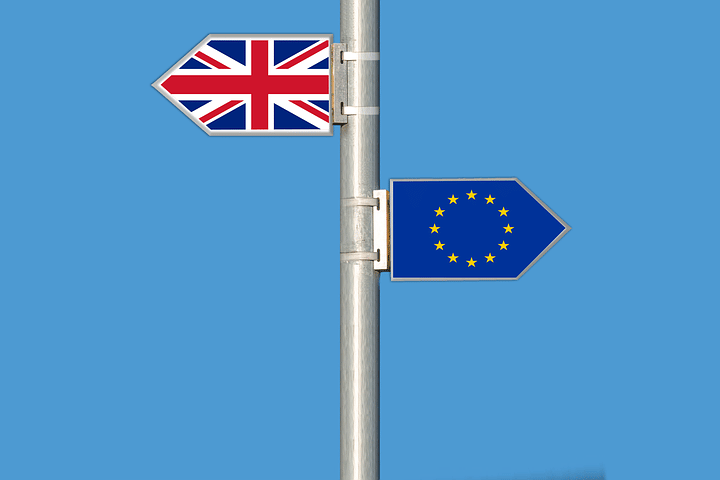
The Brexit Club
Ansley Brock, Staff Writer
Courtesy of Pixabay
Brexit. A play on words used when speaking of Britain leaving the European Union.
The U.K. and the European Union have seemed to come together for provisional agreements over the Brexit deal. Of course, with every deal, there will be some good with the bad.
Let’s break it down some more,
What is the European Union?
The European Union, also referred to as the EU, was founded in 1948 after WWII. The hope was stability and economic cooperation between all members. Currently, 28 European countries make up the European Union. Three institutions have been established within the EU to help see the goal out—the Council, European Parliament and the European Commission. To read more on how the EU and the US are related click here.
But why the sudden exit?
The people voted. On June 23, 2016, a vote was held on whether Britain should stay or leave. With more than 30 million people voting, the vote ended up being 51.9 percent to 48.1 percent. The vote to leave won.
Is Brexit for real?
Plans are being made, at this moment, to follow through with Brexit. Both the UK government and the UK opposition party say it will, however anything can happen with time. The main focus among the UK’s politicians has not been will it happen, instead what will happen to the economy when it does happen. Showing a great likelihood that the Brexit is for real.
The next step
The UK and the EU must come to an agreement. A draft withdrawal agreement must be met, which will most likely take months of negotiation. The agreement must include certain topics: how much the UK will owe the EU, the Northern Ireland border and what happens to the UK citizens living in the EU and vice-versa. The Northern Ireland border will be a tricky one. Officials must reach an agreement that avoids a physical Northern Ireland border, which may take awhile. A 21-month “transition” period has been agreed upon, in the meantime, to help smooth the post-Brexit period. The UK cabinet originally agreed on Nov. 14 being the day to release a vote update, but due to two resignations within the cabinet, one of which was Brexit Secretary Dominic Raab, it has been moved to Nov. 25. The agreement is entirely up to the UK parliament and the EU members, specifically before Brexit day next March.
The ‘transition’ period
The timespan of the transition period will be March 29, 2019, to Dec. 31, 2020. During this time, citizens, business and others to better prepare for what is to come. Officials can work on the details of the new situation and help people move gracefully forward. What is known for sure is the EU will still have free movement and the UK (Britain) , after Jan. 1, 2021, will be able to control its own trade deals.
What happens if no agreement is reached?
This question is not asked lightly, as one possible agreement has already been shot down. The Chequers plan was drawn up in July of 2018 and was quickly rejected, in Sept. 2018, by the European Council President Donald Tusk. This left many worried that no deal will be met. Theresa May, Prime Minister of the United Kingdom, said “no deal is better than a bad deal,” reports BBC, but she believes a deal will be the best for everyone involved in the long-run.
If no agreement is missed, which the government has already started planning for just in case, then the UK will leave and some say it would be a “national disaster” economically.
Without the agreement, the UK would comply with the World Trade Organization rules when dealing with the EU.
In the end, a plan would be extremely beneficial for all involved. For more information, including wonderful graphics that depict the process, visit BBC.

